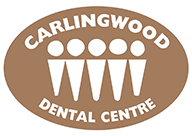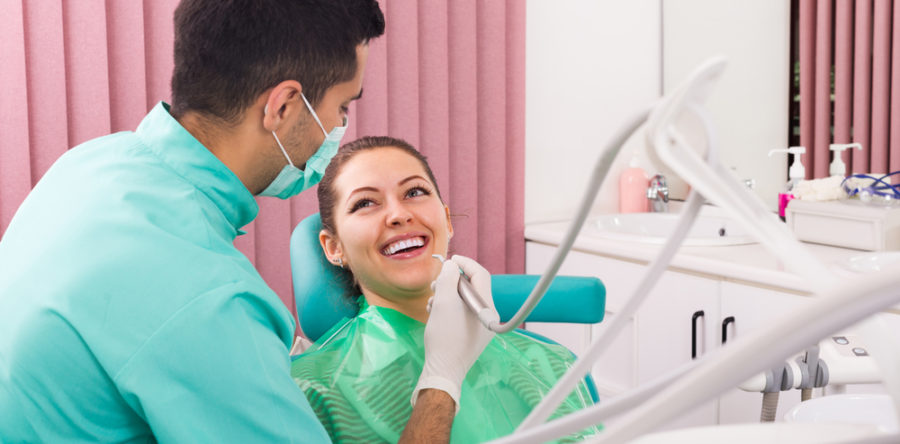16It’s not uncommon for a dentist to recommend a Guided Tissue Regeneration (GTR) to help restore a damaged or lost tooth. If this is something your dentist has recommended for you and you’d like to learn more, here’s what you need to know about the procedure and how it’s used.
What Is GTR?
GTR is an advanced procedure that uses an artificial membrane to act as a barrier. The use of the barrier allows only new growing tissues and bone into the area and prevents any unwanted fast-growing tissues from migrating to the tooth and underlying bone.
What Does GTR Do?
Since bone and gum tissue grow at different speeds, it’s important to separate the gums from areas where there should be bone growth occurring. That is why Guided Tissue Regeneration uses a collagen membrane to prevent the gum from moving between the bone and tooth, permitting undisturbed re-growth of new bone that will create stability for the tooth.
How Is It Performed?
The gum tissue is surgically separated from the tooth area so that the surface can be adequately cleaned and any infected areas removed. A small GTR membrane is placed against the tooth or over the bone to prevent the gum from moving and to keep the unwanted tissue away. The gum is then stitched back into its original position for healing. Over time the membrane is naturally absorbed and dissolved as the healing process occurs.
When Is It Used?
This type of dental treatment is appropriate for a number of problems, but it’s mostly used to correct periodontal disease. Advanced periodontal disease causes gums to pull away from teeth, creating pockets that can become filled with bacteria, which can lead to infections. Traditional treatment involved removing the gum tissue and re-contouring the exposed bone and roots. However, the teeth would tend to look much longer because of the bone loss, and would also be at risk of becoming weak and unstable. GTR instead helps to stabilize the teeth and restore the bone successfully.
What Can I Expect From Treatment?
After the surgery you can expect to see improvements within six to eight weeks, however, it is necessary to ensure the area is protected as healing can take up to six months. Over that time any lost bone will be restored, and there should be tissue re-growth that will stabilize the tooth. It’s imperative that careful oral care is taken to ensure that the tissues can properly regenerate around the tooth.
Our advanced dental facility is equipped with the best periodontal disease specialists and equipment in the country. We provide a full range of procedures, including Guided Tissue Regeneration, to treat periodontal disease and other dental issues with success. To learn more, contact us today at Carlingwood Dental.


